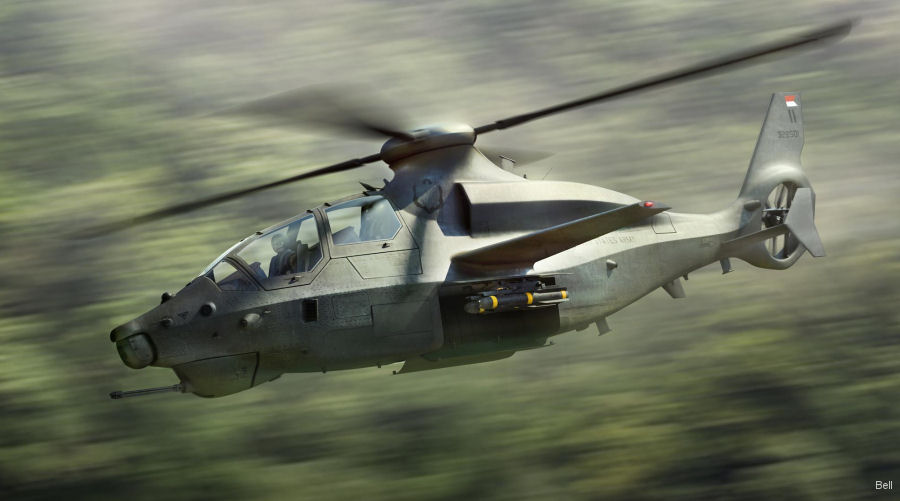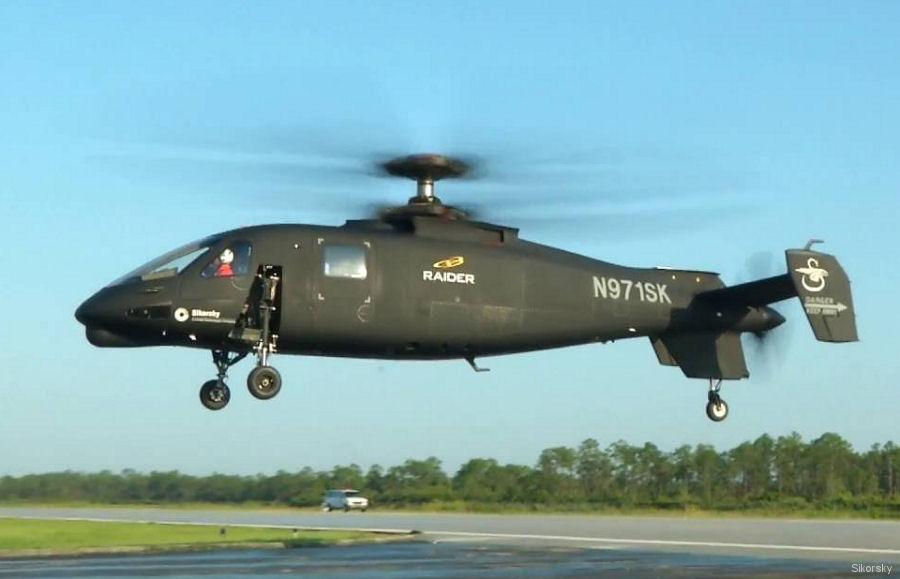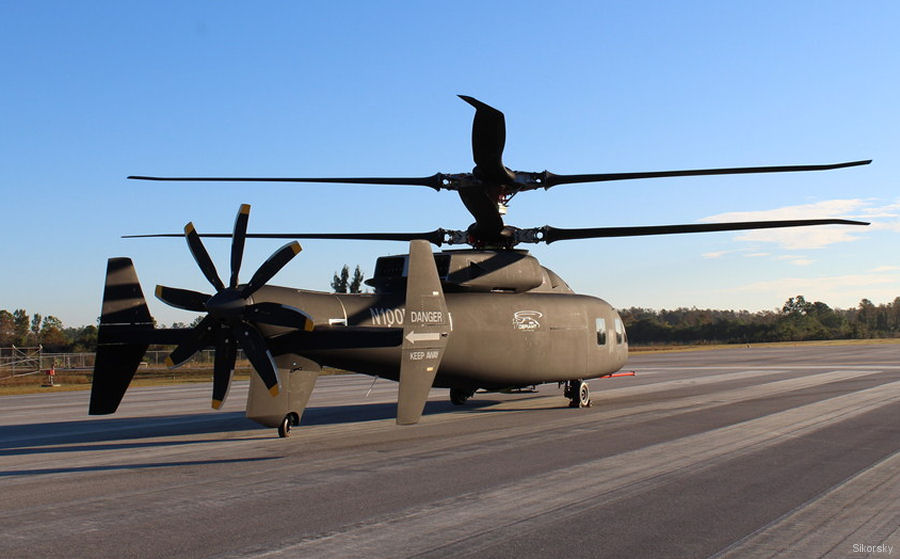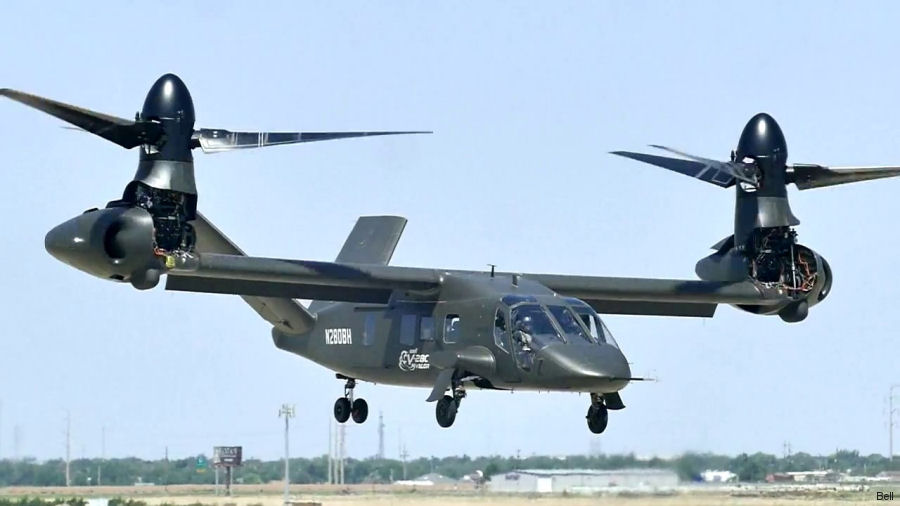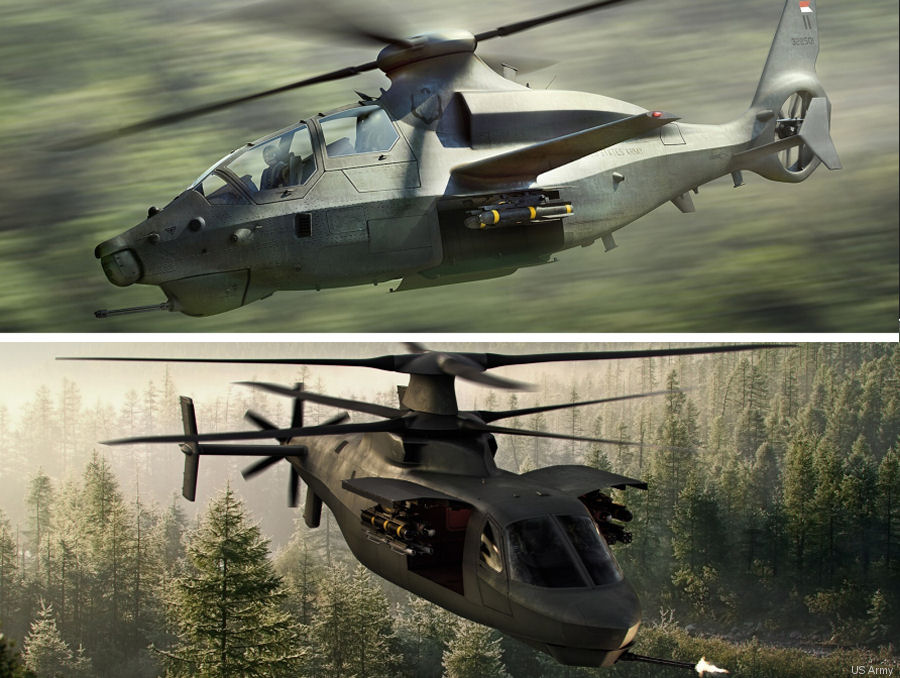
This year, project managers launched a Mission Systems Optimization Study to evaluate hardware and software solutions to better inform near-term decisions for both aircraft, said Col. Gregory Fortier, FARA lead with Program Executive Office-Aviation.
"We took a recent [request for information] with industry with over 300-plus technologies and combined that with previous RFIs from the FLRAA team," Fortier said Thursday during the virtual International Military Helicopter USA conference.
Through the RFIs, project managers sought to identify "commonalities" to improve both aircraft's sustainability and help mitigate overall costs, Fortier said. Officials will then use the compiled RFIs to discuss qualified mission system capabilities during an industry day event from Monday through Thursday.
Once the industry event is complete, FARA and FLRAA officials will work together to develop a series of recommendations in November, Fortier said. Project managers are working hard to avoid "stovepiping" each project as they continue through this analysis process.
The footprints of each aircraft are significantly different, Fortier explained. For example, the FARA has a requirement to reach a speed close to 210 mph, while FLRAA's engineering will allow it to reach potential speeds above 290 mph.
"There will be some components along the way that we will have to look at in terms of unique mission systems," Fortier said. "That dialogue has already started to happen ... and will be refined over time."
The Army is scheduled to reach a final design decision for FARA by December, Fortier added. The force will then proceed to the competitive prototyping phase, as it looks to build a combat-ready system by fiscal year 2030.
"We understand that affordability is absolutely paramount to these programs," Fortier said. "We spend every single day … [discussing] both the FLRAA and FARA timeline so that we can get both aircraft to the finish line."
Mission system domains
Through the optimization study, project officials have targeted eight focus areas, or domains, necessary to improve each aircraft. These fields include: communications, navigation, sensors, effector or weapons, survivability, architecture or digital backbone, pilot interface, and data fusion.
In terms of mission system planning, "we have written the requirements … to allow for flexibility," said Brig. Gen. Walter Rugen, the Future Vertical Lift Cross-Functional Team director. "If the next generation of capabilities is not ready, then we can use the current technology. Project managers are in charge of teeing up those decisions for the aviation enterprise."
Fortier said the eight domains are intended to discover "what is in the realm of the possible" and how new technology will fit into the Army's future aircraft. And while there currently is no rank order to the eight domains, both project managers have emphasized the need for a modular open systems approach, or MOSA.
Formerly known as an open systems architecture, MOSA is a strategy designed to create and implement affordable and adaptable technologies through a widely-supported systems interface or architecture, according to the Department of Defense standardization program.
Proper integration of MOSA in both aircraft combined with an appropriate digital backbone that can support rapid aircraft survivability or other technological upgrades is absolutely critical, Fortier said.
"There are some innovative folks out there that understand the direction we are going," said Col. David Phillips, FLRAA project manager. "We are taking their feedback, and we see that as opportunities to bring in that 'best of breed' system when it's ready, as opposed to a long development or integration cycle that can be costly, and put us behind."
See also |
FLRAA >
